Records of poultry keeping go back centuries, but it is only since Victorian times that Standards have been written down for specific breeds. Since cockfighting was outlawed in 1848, the idea of exhibitions took root as a way of continuing the competition, but in a modified form. Although our present Poultry Club dates back to 1877, there had been a predecessor, which started in 1863 but only lasted for three years. However, during that short life it notched up one notable achievement - the world's first book of poultry Standards, in 1865. America followed with its first 'Standard of Excellence' in 1867, incorporating ours with alterations and additions.
The first Standards produced in 1865 were for just a handful of breeds to try and maintain uniformity; it was not until the turn of the century and the importation of breeds from America that a volume of any size appeared. The Poultry Club has always been the guardian of the Standards, but the specialist Breed Clubs delineate the Standards themselves. Changes have been introduced when necessary, following approval by the Council. Most changes are aimed at clarification rather than "changing" the standards of "perfection". Recently there has been a move to have a uniform scale of points for the varieties within a breed.
It should not be easy to alter the Standards because it is a human failing to tend toward the biggest or most exaggerated feature at the expense of the true type of bird in order to win. "Fashion" can sometimes be instigated by judges and followed slavishly by those wanting to win at all costs. All Poultry Club qualified judges are expected to respect the Standard of each breed and have a thorough knowledge of the relevant breeds.
The Seventh edition of The Poultry Standards, with more colour photographs and an increase in the number of breeds, was published in 2018. There have probably been at least as many editions since 1865, but a new publisher normally insists on starting with a first edition. The colour photographs are by no means perfect - the camera sometimes has trouble capturing all the points on a really good bird which insists on standing badly - but most have been chosen by the relevant Breed Clubs as an example of birds currently being shown and winning.
The Standards are a crucial tool in the preservation and conservation of our many pure poultry breeds. Having decided to keep poultry we hope, and strongly recommend, that you will choose a pure breed - that is one, which has been bred by a reputable breeder who puts together a pen of purebred birds to produce offspring, which conform to the British Poultry Standards.



